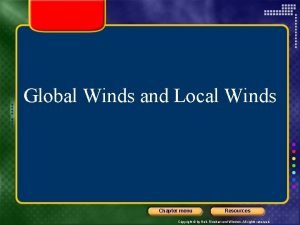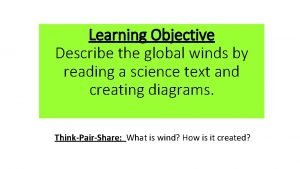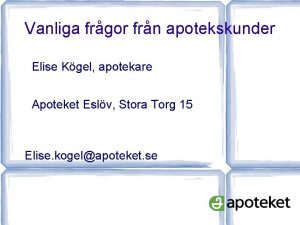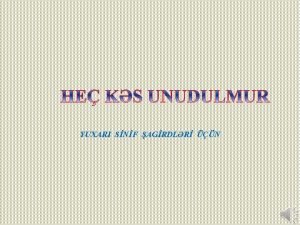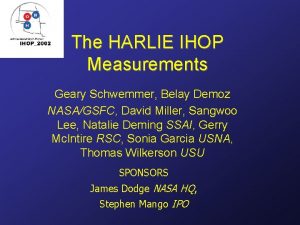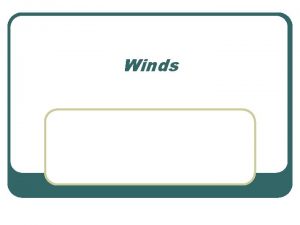HARLIE Winds at IHOP 2002 Curtis Earl Asif









- Slides: 9

HARLIE Winds at IHOP - 2002 Curtis Earl, Asif Ghani, David Huish, Halee Hunter, and James Cutts Space Dynamics Laboratory Utah State University Logan, UT 84341 (435) 797 -4679 james. cutts@sdl. usu. edu Presentation for Wind Lidar Working Group Bar Harbor, ME June 23 -25, 2003 *Research Support: IPO, NASA, and SDL

OBJECTIVES • Calibrate/Validate Wind LIDAR Observations • Extended Operations for HARLIE (goal is 24/7) • Support IHOP Goals with Correlated Observations

Data Survey • Dates • HARLIE was run from May 18 -June 23, 2002 • Down times only during 30% of this period • Intended Overlap • The greater number of instruments running in parallel the more efficient the comparisons between instruments • Altitudes of wind observation • Observed altitudes ranged from 500 m to 15 km

Good Data Comparisons

Decent Data Comparisons

Bad Data Comparisons

Multiple Cloud Layer Comparisons

A HARLIE Wave Reading

Conclusion • Sonde/HARLIE Manual • Data recovered by both the HARLIE Manual and the sonde balloon are comparable • Demonstrated capabilities to observe wind shear as shown from multi-layer cloud segments • HARLIE Auto problem • The HARLIE Auto gives comparable data when larger wind velocities are encountered and at higher altitudes • The majority of the time for heights below 5 km the wind direction error is close to 180 degrees • Unresolved problems in the algorithm require further work • Contrail Detection Algorithm working well • Automation to follow

